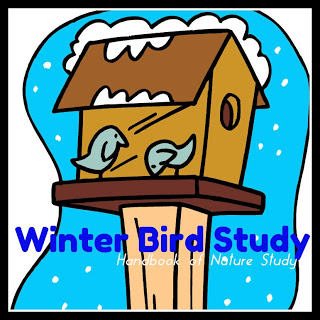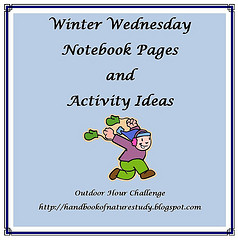Desert Nature Study-Joshua Tree National Park and More
I wanted to share some more of the photos from our trip to the desert that we took a few weeks ago. The photo above is from Joshua Tree National Park. The scene is typical of what you will find as you hike along the trails of the park. It has taken me three trips to the desert to begin to develop a love for the animals and plants that live here. In this strange and wonderful landscape, you can find the most beautiful of things if you look carefully enough.
There really are blooming plants here and if you get the chance to get up close, you realize that there are bees and other insects as well as birds that are attracted to the color and fragrance.
I will admit that there are sections of the park that are more rock than anything else. My two boys couldn’t resist a good climb when they saw it.
When you get up close you see all the intricate patterns and designs of the desert plants. I believe this is some kind of cholla cactus.
Now here was something that surprised me and I examined it carefully for some time. Can you see all the different colors of lichen on this rock? There is a moss green, a grey-green, an orange and a soft yellow-green all living right here on the side of this rock. Beautiful.
Many times as we hike along we name the rock formations we see. The boys named this one “Whale Head”.
Not to be confused with “Whale’s Mouth”.
They keep me smiling…..and thinking.
We came across a wash on our hike and the wildflowers were already blooming. There are three different flowers blooming in this photo…two white and the desert sand verbena.
How about a video? (Why does it take so looooong for the videos to load onto Blogger anyway?)
This squirrel was entertaining us with his acrobatics…trying to get that certain pod to eat.
Here is what the squirrel was gathering to eat. This is a palo verde tree.
I took a lot of photos at the Living Desert Museum and I shared a lot of the butterfly and hummingbird photos already but here are a few more of the larger animals we saw that the boys spent a lot of time observing.
The giraffes…there were four of them.
The cheetahs..there were two of them. I love this photo….look at that face!
For some reason I threw our nature journals in my backpack and we took the opportunity in the afternoon to slow down and do some sketching at the museum. It was a great way to remember our time there.
It was great way to end our stay at the museum. The desert holds so many interesting and surprising creations for us to learn about….a life time of learning just one plant and one bird and one animal at a time.
So whether you venture out in the national park or you stay in town and visit the Living Desert Museum….there is so much to enjoy as a family. Pick your adventure.
Signs of Spring: Waterfalls and Wildflowers
On Monday we drove down to the bridge across the river near our house and this was what it looked like. The rainstorm has brought the river level up much higher than last week and look at that mist…..awesome.
We got a chance between pouring rainstorms to go out for a hike today. It was colder than I expected but it was worth the effort. I took a short video of one of the creeks that has sprung up since the rain started last week. Enjoy the sounds of water rushing down the hill.
Here are a few more shots of a different waterfall along the trail….one that I have shared before. The water was the highest we have seen yet.
We also were treated to some Shooting Stars today….the first I have seen blooming for this season. I didn’t get a decent photo but I will try again tomorrow.
This area around the trail is changing very fast now and it has a whole different feel to it as we take our walks. Spring is very, very close.
Birds in the Winter: Our Winter Wednesday Bird Style
We recently participated in the Great Backyard Bird Count and even though this is our third year participating, we still found it a thrilling activity. The whole family participated at some point over the weekend and although it was a very snowy weekend, we saw some amazing birds. This was a great way to learn about our winter birds and we took the opportunity to combine the Bird Count with Winter Wednesday.
The point that sticks out to me this year is that we had no trouble identifying any of the birds that we observed. We have built up over the last three years the ability to quickly name any bird that happens into our yard or to our feeders. I think that is amazing!
Here is our list of birds that we saw over the weekend:
White-breasted nuthatch
Spotted towhee
California towhee
Cedar waxwing
Western Scrub-jay
Oak titmouse
House sparrows
House finches
Black-eyed juncos
American robins
American crows
Anna’s hummingbird
White-crowned sparrows
Canadian geese
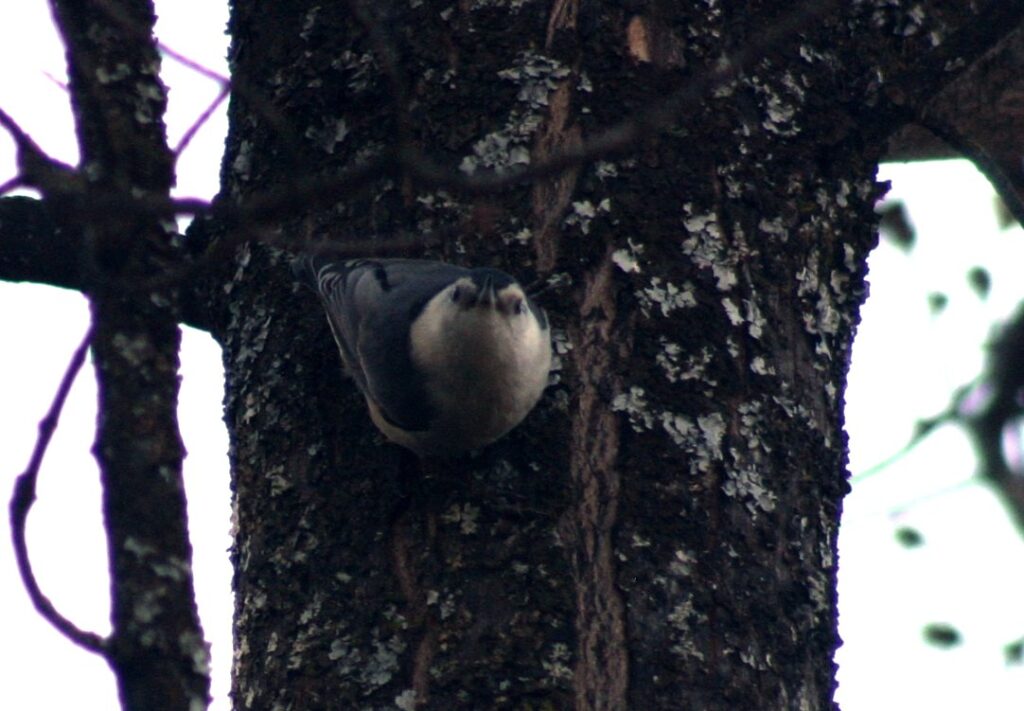
We decided to learn more about the White-breasted nuthatch since it was one of the birds mentioned in the Discover Nature in Winter chapter notes. We have a pair of these that frequent our feeders on a daily basis. They are such perky little birds and have such an interesting sound. They are very acrobatic and entertain us when they climb down the tree trunks head first.
We started off with a coloring page from the Cornell University website found at this link:
Cornell Laboratory of Ornithology and National Audubon Society
Previously, I had printed out the table of contents and it hangs on the wall near our bird viewing window. When we observe a new bird, we check the list and see if there is a coloring page for that particular bird. Then I print just that page out for those that want one for their nature journal.
We also looked the white-breasted nuthatch up in our field guide and on the All About Birds website.
I was interested in learning more about the Cedar waxwing birds that we saw in our trees during the Bird Count. We counted 61 of them at one time! This was the most we had ever seen all in one flock. They were eating the berries/nuts out of the pistache tree.
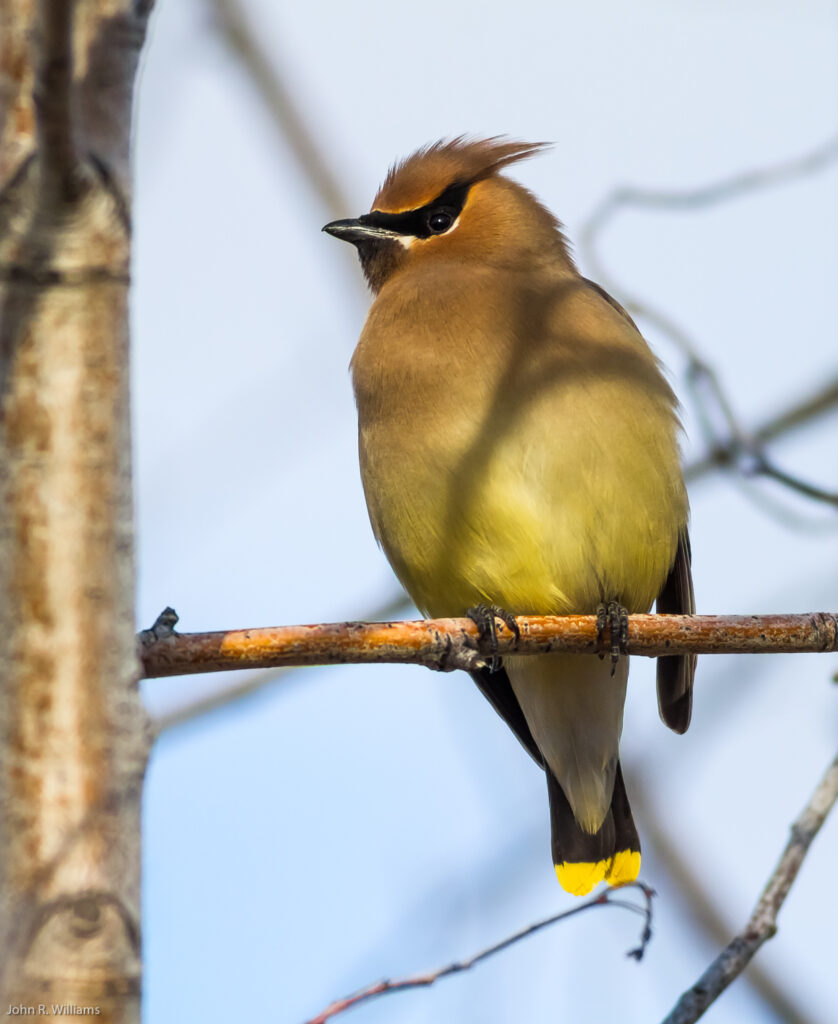
I used a coloring sheet from the Cornell book as well and then I looked information up in our field guide and at All About Birds. I learned the meaning of the word “frugivore“.
We also learned what is meant by the term “field marks“.
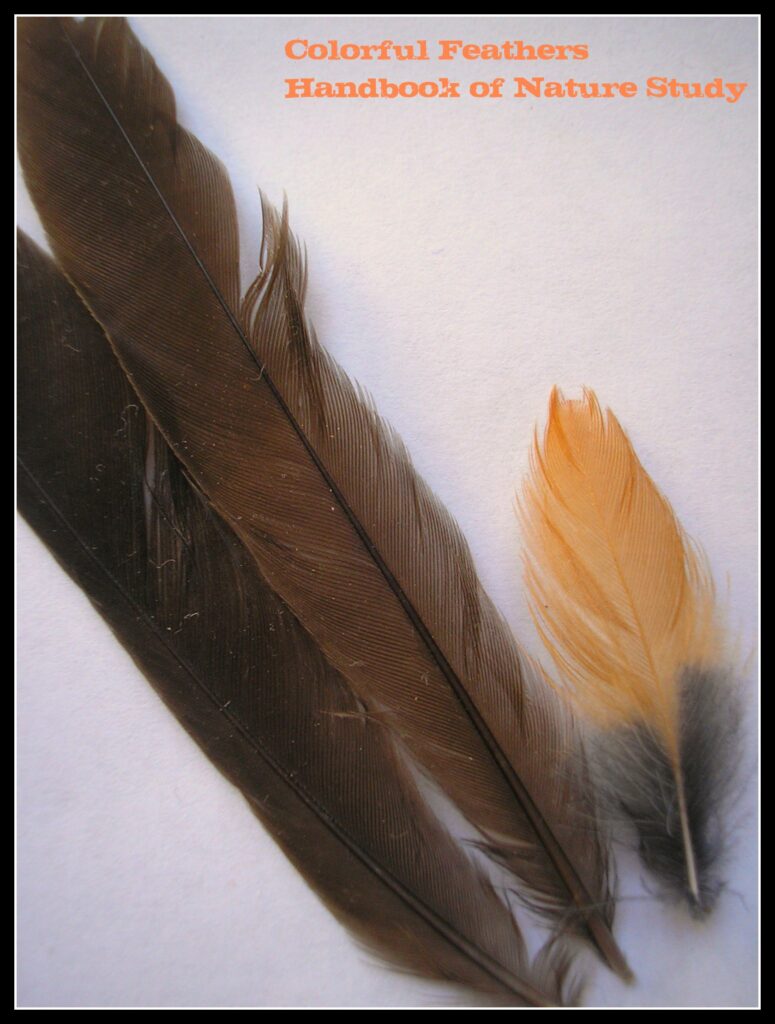
We also found these feathers in our backyard this week and we haven’t been able to figure out who they belong to yet.
There is always something new to research and learn right from our own backyard. 🙂
Even More Lovely Than I Imagined: Winter Weeds
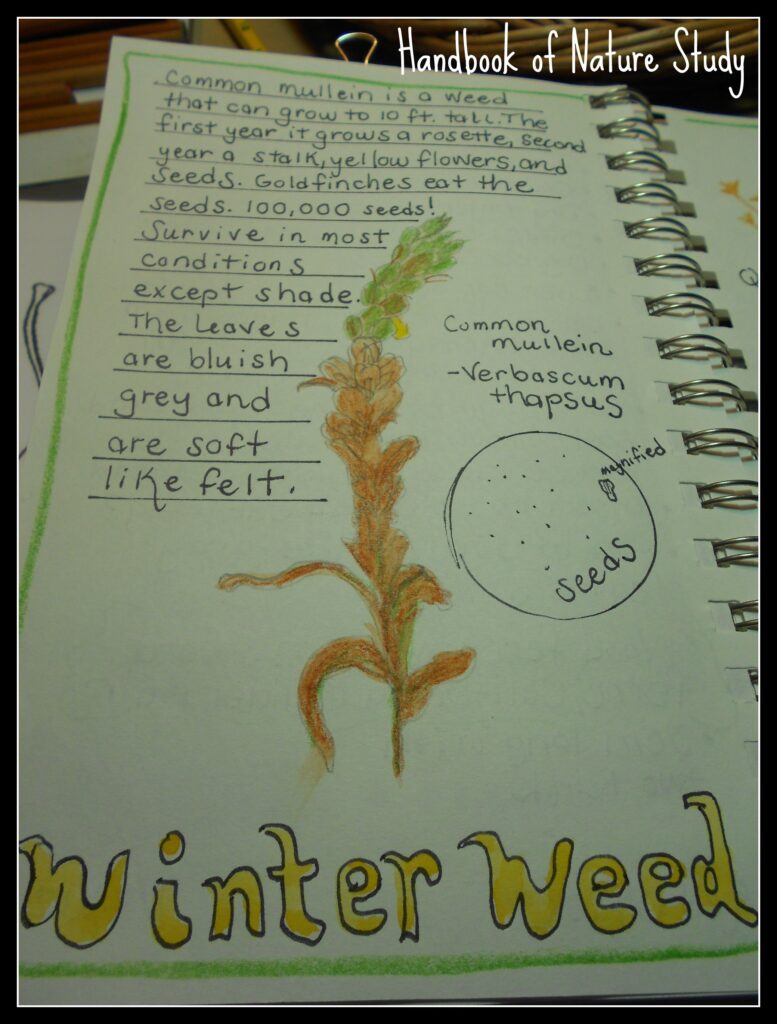
Our Winter Wednesday – Winter Weed Study
We really enjoyed our Discover Nature in Winter reading in the chapter about winter weeds. It is a totally new topic of nature study for us. I feel like we are just getting our feet wet this year and as the years go by, we will be able to observe more subjects. I gathered a few of our photos from recent walks here at the beginning of the entry.
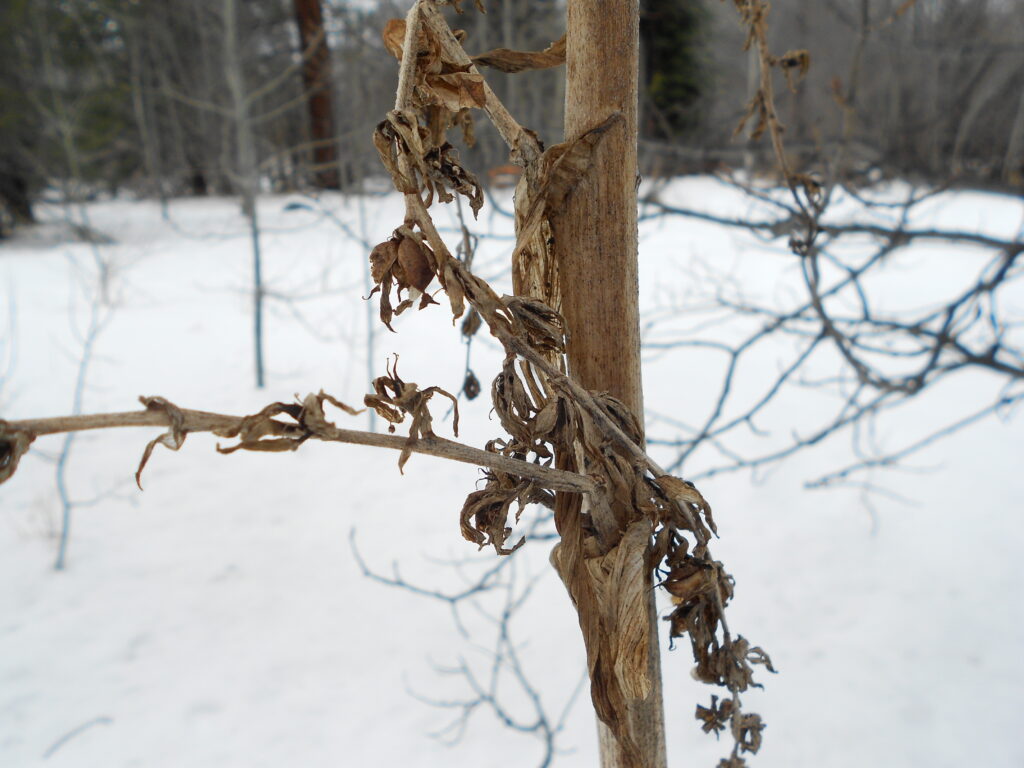
The one thing that the boys noticed about the winter weeds that we observed is that during this season it is not the flower we are looking at but rather the seeds.
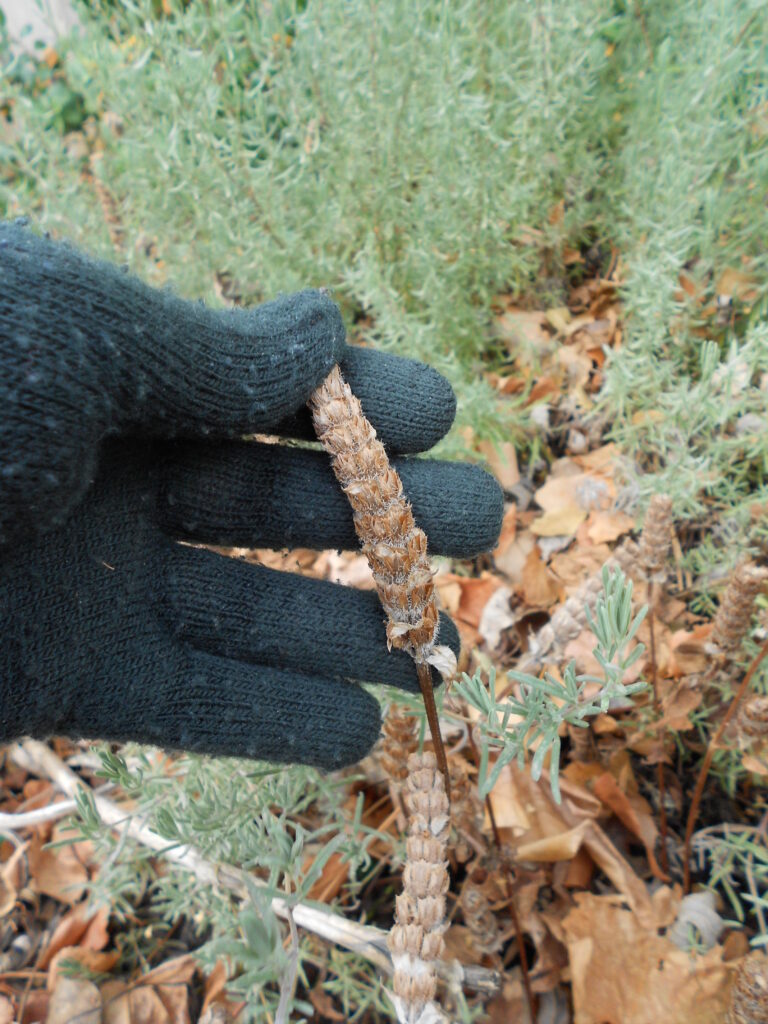
We discussed how the seeds were important at this time of year as food for many of the animals that inhabit the area. We also talked about how the rain and the snow knock the weeds over and as they lay on the ground, they are dispersing their seeds in that way as well.
I hope that we remember to look at these particular plants in the summer to compare the differences. It would make a great nature journal entry.
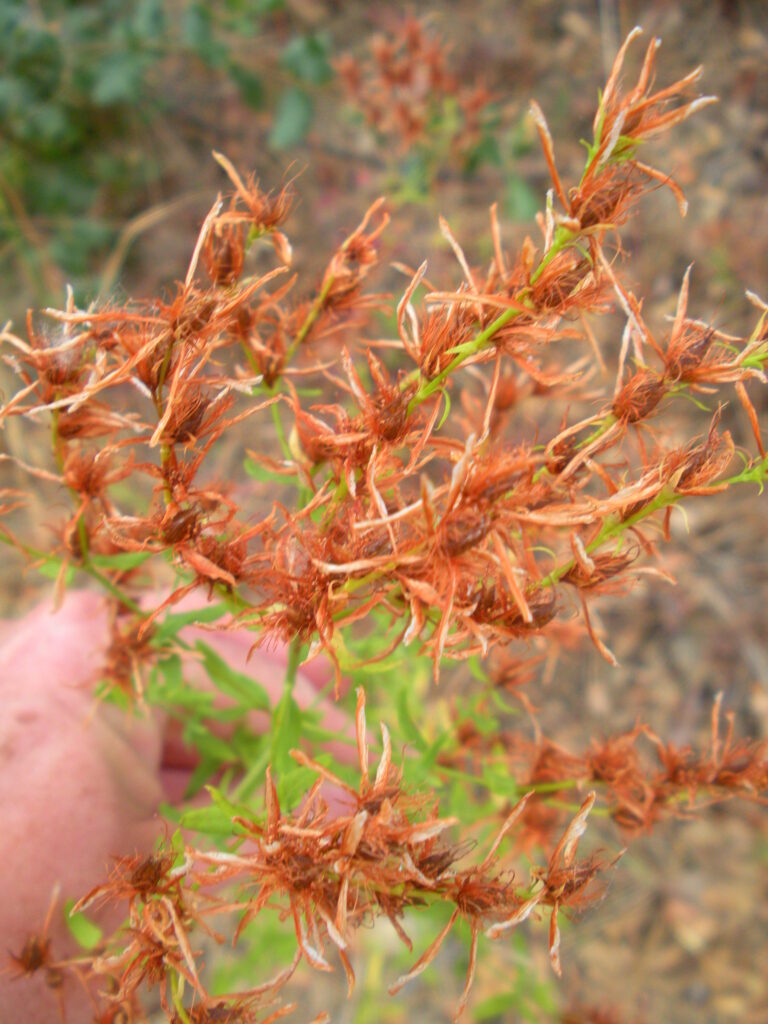
These last photos are from yesterday’s family hike. We took a couple of hours to hike along the American River which was just roaring! It was the first time that all six of us were out on the trail together in a very long time.I told my husband as we hiked along that it was great to have us all spending time in the fresh air and I relished the conversations and relationships that the kids have with one another.
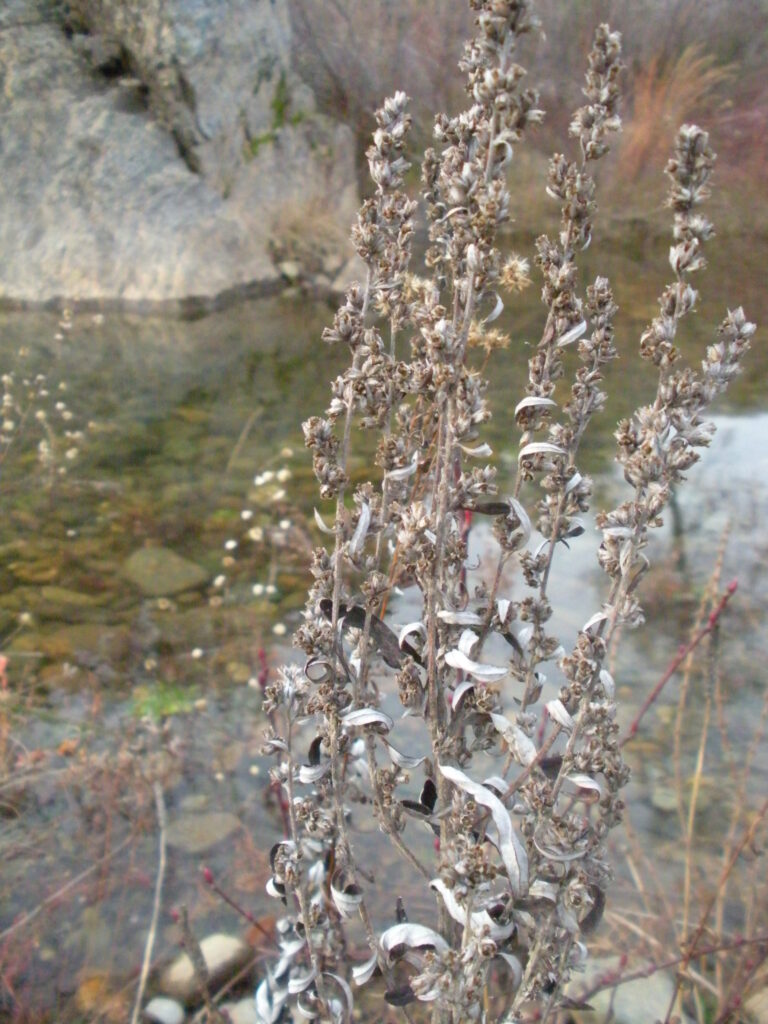
Here are a few of the weeds we saw as we hiked along.
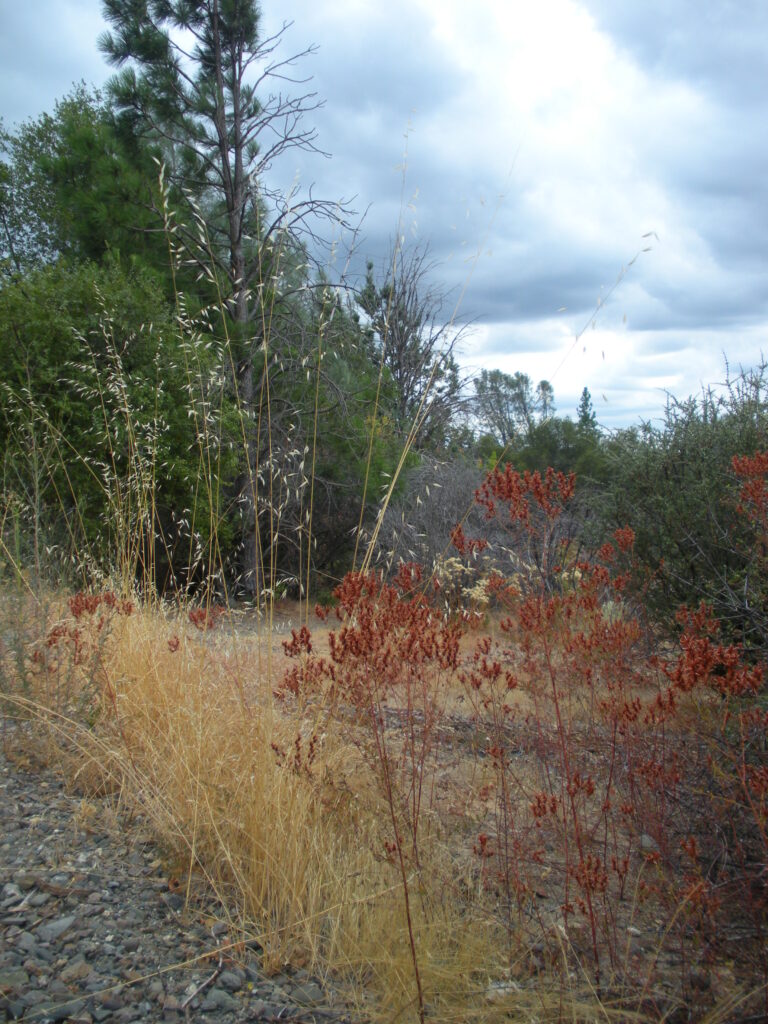
It was such a great afternoon and as always, with any trip to the river, there was eventually rock skipping….so many lovely rocks to choose from.
How about a wildflower photo from the day?
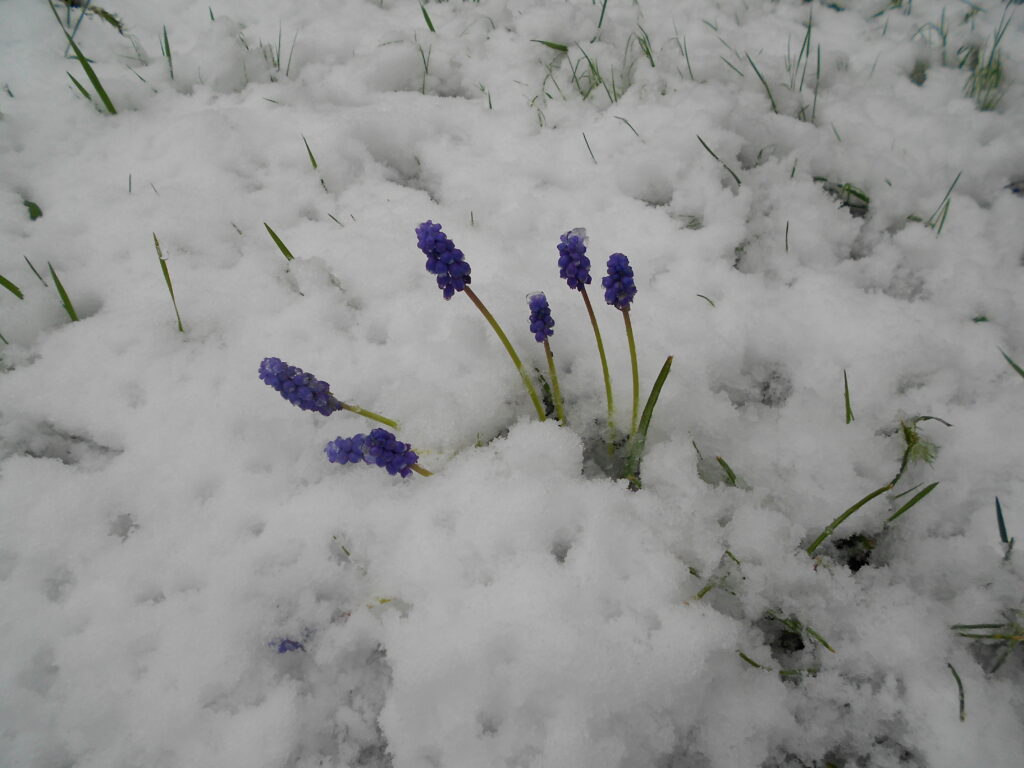
I love a good purple wildflower photo. 🙂
One last treat from the day…..
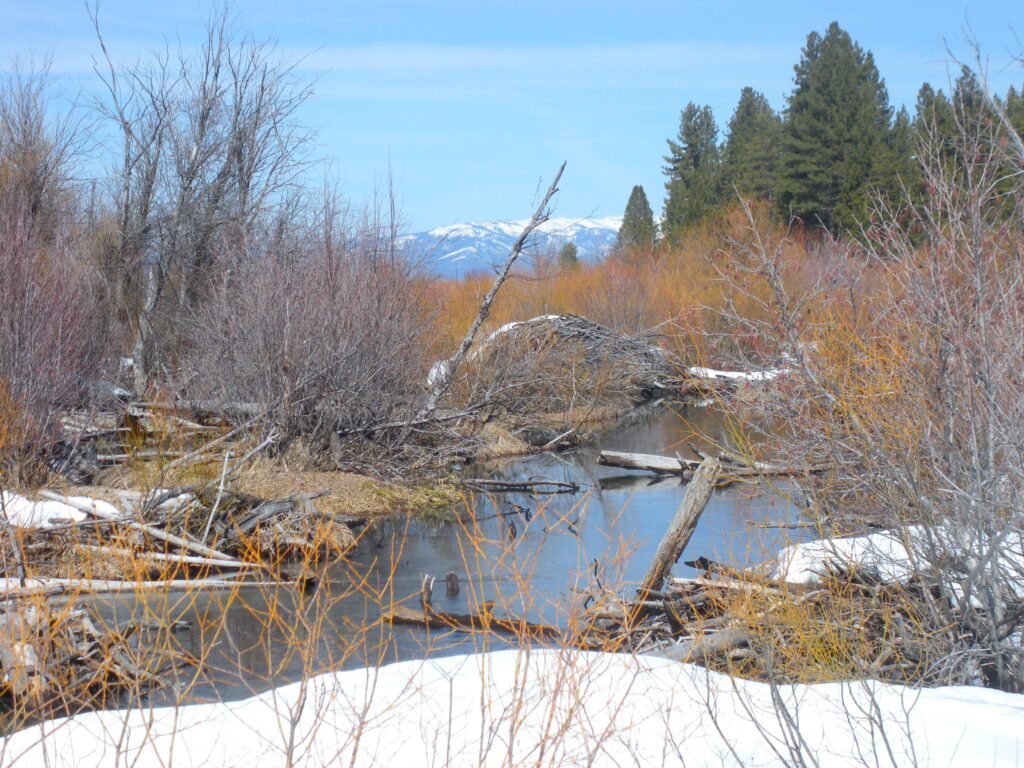
A beaver dam!
I am so glad that I organized the Winter Wednesday activities. It has given our family a new perspective on the winter season and another reason to get outside and enjoy the day together.
Skunks and Badgers: Our Outdoor Hour
Our Outdoor Hour Challenge #50 – Skunks and Badgers
Our area is inhabited by quite a few striped skunks. In the summer time we frequently see them in the evening hours in our backyard as they dig under the birdfeeder and in the yard. We even had a family of skunks living under our house a few years ago.
Every night that summer we would have the fragrance of skunk to contend with. We sort of became used to smelling it at night but when they would sometimes spray right up under the windows, it would make you feel sick to your stomach.
This time of year we only occasionally see skunks and it is a nice break in our “nature study”.
This is a photo from last year and it shows what the skunks come and do at night in our yard. They dig around looking for insects and worms and the holes look like swirls when they are done. This was an especially bad night where I am so grateful they decided to dig in the unlandscaped part of the yard and not a few feet over and into the grassy area. They are very good diggers as you can see. This year we have a dog that sleeps outside in her kennel so we shall see how that goes with the resident skunk population.
On another topic, we did have a special treat this week while we were on our trip to the desert. The Living Desert Museum actually had a badger to view and observe! We had never seen a real badger before and we were surprised at the size and the claws! The badger was busy digging in his enclosure so we stood and watched him for a long time and we can now see how he uses those long claws to dig his burrow.
Skunks are really an ongoing nature study subject for our family since we have them so close at hand. We have learned to live with them and to stay out of their way.
Winter Wednesday-Our Winter Insect Study
We have had our eye out for insects the past few weeks.
Yesterday we actually saw two very small butterflies as we took our afternoon walk. We are going to try to take our butterfly net today and see if we can catch one to identify.
Added after today’s walk: We actually caught one of what we thought were butterflies and now I think they are moths.
Here is the best photo I could get inside the net. They are orange on the backsides of the wings. This is the first time that I have tried to actually catch a butterfly with a net and I am really glad that my son did not have a video camera. It was hilarious….I sort of felt like a tennis player, swatting at the air. Let’s just say that I got a lot of exercise. 🙂
We saw this on a bunch of leaves and we brought one home to investigate. We decided it is some sort of leaf miner that has been at work.
We found a whole section (pages 329-332) in the Handbook of Nature Study on leaf-miners!
“To most children, it seems quite incredible that there is anything between the upper and lower surfaces of a leaf, and this lesson should hinge on the fact that in every leaf, however thin, there are rows of cells containing the living substance of the leaf, with a wall above and a wall below to protect them…….The serpent-like markings and the blister-like blotches which we often see on leaves are made by the larvae of insects which complete their growth by feeding upon the inner living substance of the leaf.”
Handbook of Nature Study, pages 329 and 331
Here are a few more photos from our walk today.
So these little fungi caught our eye today on this piece of bark. They looked like little mini hamburger buns.
The manzanita is starting to bloom and the shape of the blossoms are so pretty and delicate.
I feel like we are finally starting to catch up on our Winter Wednesdays and our Outdoor Hour Challenges. We have been so busy and the weather so wet that it really distracted us from our time outdoors. It feels good to be back in the routine again.
Learn more about leaf miners in this challenge:
Leaf Miners and Leaf Rollers.
Winter Weather Report (part of challenge 50)
We completed our winter weather study today. We had a break in the rain so we could go outside and gather some first hand information.
Yesterday we had a full rainbow out our back window. I don’t know if you can see it because it is so faint but maybe if you click the photo it will show up.
My son completed his winter weather activity….with his own style. He drew the clouds and the view out the window in the big box and a winter scene in the top box.
 |
I realized that maybe we should be doing the seasonal observations on the first day of the season. That means we will need to complete the spring observation in a few weeks.
If you read my blog with any frequency, you will remember that we had quite a bit of snow and very cold weather a few weeks ago. For now, our surroundings seem to be heading quickly towards spring.
Here are some signs that we found today.
My bulbs are pushing up into the sunshine.
Our twig from our tree that we brought inside a few weeks ago is really starting to have leaf buds.
The plum tree is blossoming this week.
Look’s like spring is coming doesn’t it?
Winter Wednesday-Birds
Winter Wednesday
Week 8 Winter Birds
1. Read chapter eight in Discover Nature in Winter. If you do not already have a birdfeeder in your yard, you should pay extra attention to the pages showing how to make your own birdfeeders and the differences between the variety of seeds available. You may wish to read my Birdfeeders in Winter page for some additional tips.
2. Our family is going to complete the exploration suggestions on page 162. Since we already have a birdfeeder and a birdbath, we will be continuing our observation and identification of birds that visit each day. In addition, we will each pick one bird to study more in depth by finding a book at the library to glean information from for our particular bird. There is a custom notebooking page for this challenge in the Winter Wednesday ebook which is part of the Ultimate Naturalist Library.
For families wanting to participate that do not have the Discover Winter in Nature book, I will list a few simple nature study ideas that you can try with your family.
1. Hang a birdfeeder and observe the birds that visit over the period of a week.
2. Keep a tally of the different kinds of birds in your feeder.
3. Observe one species of bird for a week and then record in your nature journal the unique behaviors of that bird. For example: only eats seed from the ground, pecks at the seeds, perches and fluffs his feathers each time, chases other birds out of the feeder, only comes to feed in the early morning.
You may be interested in viewing the other Winter Bird Study challenge here on my blog.
Note that this entry includes an Amazon.com affiliate link to a product I own and love!
Butterflies Galore!
Just like with the birds at the Living Desert Museum, it was a treat to see so many butterflies at their Butterflies Alive! exhibit.
They also had a butterfly garden outdoors that was a great source of ideas for different plants that I may be able to incorporate into my backyard butterfly garden.
“This graceful butterfly is a very good friend to the flowers, being a most efficient pollen-carrier. It haunts the gardens and sips nectar from all the blossom cups held out for its refreshment; and it is found throughout almost all parts of the United States.”
Handbook of Nature Study, page 301
It was hard to know where to look because there were butterflies flying and landing in just about every direction. Make sure to click the photos to see them close up!
There were blue ones.
There were white ones. (Love the heliotrope!)
There were striped ones.
There were ones with beautiful wings and long legs.
We tried to catch them on our fingers but they were very shy. It was more fun just to sit and watch them flutter by on their way to sip some more nectar.
When we tired of butterflies, there were more hummingbirds to observe.
Now I wish I would have written down the kinds of hummers that were there. This one was black with a greenish head and a long red beak.
This one was not shy and came within inches of me over and over again to sip from these red flowers.
The museum purchases the butterfly chrysalis’ and then mount them on sticks in the window for all to watch. There were rows and rows of them and some were just starting to come out and stretch and meet the world.
My favorite chrysalis’ were the ones for the Queen butterfly. They were a soft green color with a gold line rimming one end. Amazing, truly amazing.
This is a newly hatched butterfly waiting for its wings to fully dry before they let it out into the aviary. So, so pretty.
Okay, this entry is getting rather long and it has completely too many photos. Believe me…I restrained myself.
Hope you enjoyed seeing this part of our trip. I will share more about the cactus and rock climbing in another entry.












































